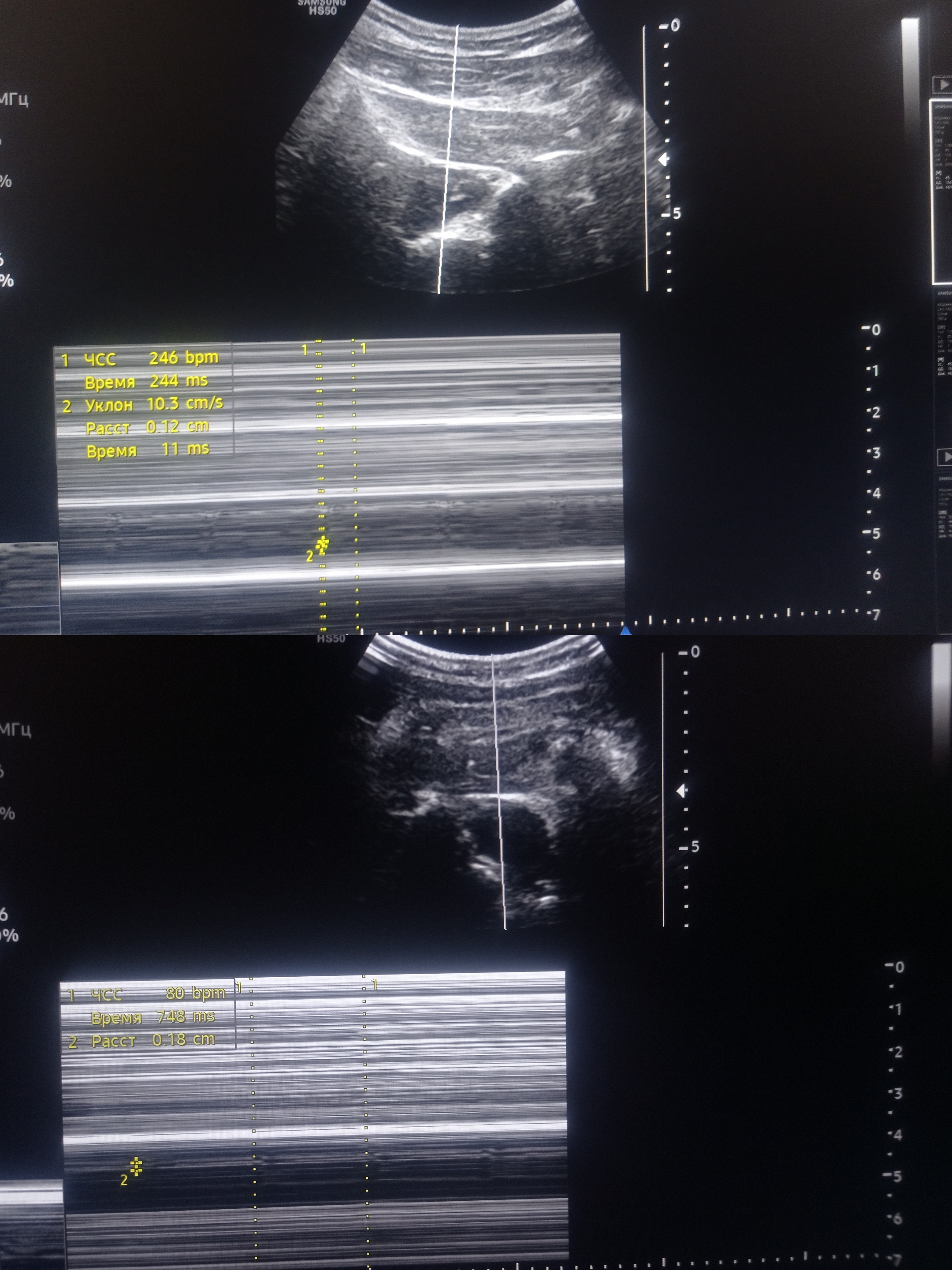Category: Neuroimaging (Non-PD)
Objective: This study aimed to investigate the neurophysiological responses and potential mechanisms underlying the therapeutic effects of ultrasound (US)-guided dry needling in patients presenting with headaches, vertigo, and widespread central sensitization symptoms.
Background: The multifaceted nature of the etiology of headache disorders and vertigo implicates factors such as myofascial pain, abnormal posture, and vascular dysregulation. Ultrasound (US)-guided dry needling targeting trigger points in suboccipital areas has shown efficacy in treatment of these conditions [1] potentially inducing spinal fluid dynamic changes. Understanding and detecting changes in spinal fluid dynamics through ultrasound imaging present potential diagnostic, targeted therapeutic, and pathophysiological insights.
Method: Patients with headache, vertigo, and central sensitization-related symptoms underwent US-guided dry needling targeting trigger points in suboccipital muscles as in [1]. Precise needle placement was confirmed using ultrasound imaging, focusing on muscles attached to the dura mater. Real-time monitoring, including M-mode visualization, captured pulsatile movements of dorsal and ventral roots at the C1-C2 level. Doppler analysis of retinal, ciliary, and ophthalmic arteries pre- and post-intervention was conducted.
Results: Ultrasound evaluation revealed pulsatile movements of dorsal and ventral roots within the spinal canal, with significant alterations observed after dry needling. Frequency decreased from 250 to 80 per minute, and amplitude increased from 0.07 mm to 0.18 mm. Doppler analysis demonstrated improved blood flow in retinal, ciliary, and ophthalmic arteries post-intervention. Ensuring precision in needle placement and continuous monitoring during the procedure is crucial for accurate interpretation of ultrasound findings.
Conclusion: Ultrasound-guided dry needling emerges as a promising intervention for patients experiencing headaches, vertigo, and central sensitization. The study sheds light on the intricate relationships between musculoskeletal structures, spinal fluid dynamics, and vascular pulsations. Careful consideration during the procedure is necessary to distinguish physiological spinal movements from vascular pulsations.
M-mode US of spinal fluid movement
References: 1. Bubnov R. EFFECTS OF US-GUIDED TRIGGER POINT INTERVENTIONS ON OPHTHALMIC ARTERY DOPPLER PARAMETERS AND THEIR PREDICTIVE VALUE FOR STROKE PREVENTION IN PATIENTS WITH MIGRAINE AND HEADACHE DISORDERS. International Journal of Stroke. 2023;18(3_suppl):439.
To cite this abstract in AMA style:
R. Bubnov. Ultrasound of Spinal Fluid Dynamics in Headache and Vertigo Patients with Central Sensitization: Novel Biomarker [abstract]. Mov Disord. 2024; 39 (suppl 1). https://www.mdsabstracts.org/abstract/ultrasound-of-spinal-fluid-dynamics-in-headache-and-vertigo-patients-with-central-sensitization-novel-biomarker/. Accessed December 18, 2025.« Back to 2024 International Congress
MDS Abstracts - https://www.mdsabstracts.org/abstract/ultrasound-of-spinal-fluid-dynamics-in-headache-and-vertigo-patients-with-central-sensitization-novel-biomarker/

